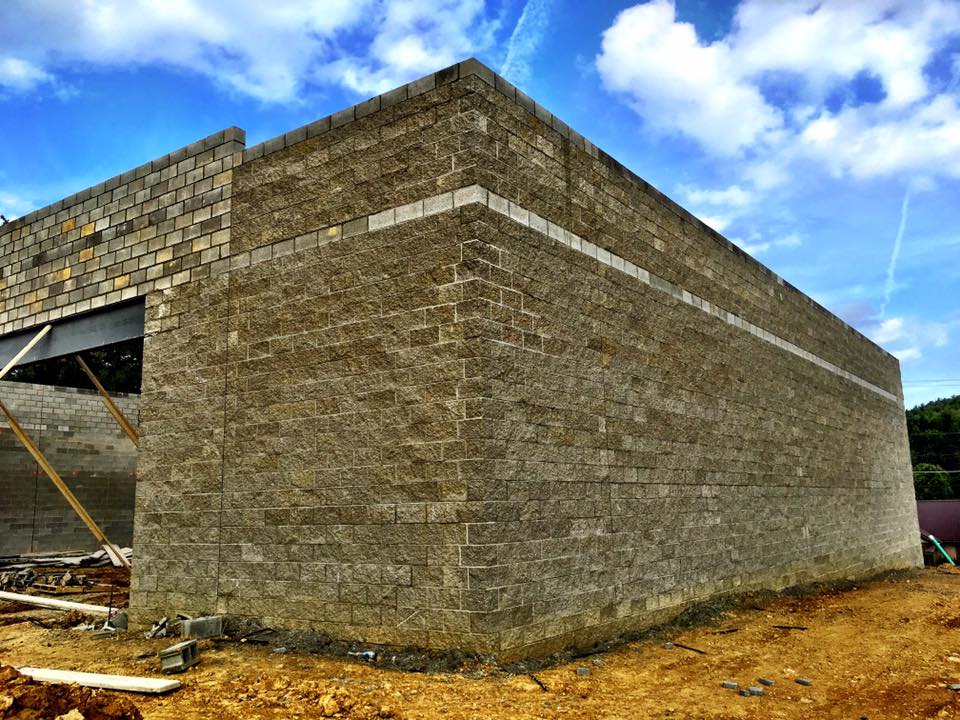Some Known Questions About Chimney Services.

The brand-new mortar has to be and (measured in compressive stamina) than the historic mortar. Techniques for assessing mortars can be separated right into 2 broad categories: and.
The acid dissolves all the carbonate-containing minerals not just in the binder, but additionally in the accumulation (such as oyster coverings, coral sands, or other carbonate-based materials), in addition to any type of other acid-soluble materials. The sand as well as fine-grained acid-insoluble material is left behind. There are several variations on the basic acid digestion test.
Easy acid digestion techniques are rapid, inexpensive, and easy to perform, but the information they provide about the original composition of a mortar is limited to the shade and also texture of the sand. The gas collection technique supplies more information regarding the binder than a straightforward acid digestion examination. analysis techniques that have been used to review mortars include polarized light or thin-section microscopy, scanning electron microscopy, atomic absorption spectroscopy, X-ray diffraction, as well as differential thermal evaluation.
About Masonry Contractor
Historic mortars were not prepared to directly defined requirements from materials of uniform quality; they include a wide range of locally obtained materials integrated at the discretion of the mason. While a specific technique may be able to properly determine the original proportions of a lime-cement-sand mortar prepared from modern materials, the effectiveness of that approach for evaluating historical mortars is questionable unless it has been checked versus mortars prepared from materials more generally used in the past.
It is an usual mistake to assume that hardness or high toughness is a step of relevance, especially for lime-based historical mortars. Anxieties within a wall caused by growth, tightening, moisture migration, or negotiation has to be accommodated somehow; in a masonry wall, these stresses should be soothed by the mortar as opposed to by the stonework units.
High lime mortars are more permeable than denser cement mortars. Historically, mortar served as a bedding materialnot unlike a development jointrather than a "adhesive" for the masonry devices, as well as moisture had the ability to migrate through the mortar joints as opposed to the masonry units. When moisture vaporizes from the masonry it deposits any soluble salts either externally as efflorescence or below the surface as subflorescence.
7 Simple Techniques For Roofing Contractor
If the mortar does not permitmoisture or moisture vapor to move out of the wall and also evaporate, theresult will be damage to the stonework units. Sand is the biggest component of mortar as well as the product that offers mortar its unique shade, appearance and also cohesiveness. Sand has to be totally free of impurities, such as salts or clay.

Paver Installation - An Overview
For repointing, portland cement should adjust to ASTM C 150. White, non- discoloring rose city cement might offer a better color suit for some historic mortars than the more typically offered grey rose city cement. Yet, it should not be presumed, nevertheless, that white rose city concrete is always suitable for all historical structures, considering that the original mortar might have been blended with grey concrete.
Consequently, they generally are not suggested for usage on historic stonework buildings. Moisturized lime mortars, and pre-blended lime putty mortars with or without a matched sand are readily readily available. Personalized mortars are also offered with shade. In the majority of circumstances, pre-blended lime mortars consisting of sand may not provide a specific suit; nonetheless, if the job calls for complete repointing, a pre-blended lime mortar may deserve thinking about as long as the mortar works in strength with the stonework.
In either instance, if a preblended lime mortar is to be utilized, it should have Kind S or SA hydrated lime complying with ASTM C 207. Water must be potableclean and free from acids, antacid, or other dissolved natural products. Along with the color of the sand, the structure of the mortar is of vital significance in replicating historic mortar.
Patio Installation - An Overview
Option of admixtures should be made by the engineer or architectural conservator as component of the specs, not something consistently included by the masons. Typically, modern chemical ingredients are unnecessary as well as may, as a home matter of fact, have damaging results in historic masonry jobs. Making use of antifreeze substances is not recommended. They are not really effective with high lime mortars as well as might present salts, which might cause efflorescence later on.
For repointing, lime should conform to ASTM C 207, Type S, or Kind SA, Hydrated Lime for Masonry Purposes. This machine-slaked lime is made to guarantee high plasticity and also water retention. Using quicklime which need to be slaked and soaked by hand might have benefits over moisturized lime in some remediation tasks if money and time allow.
For repointing, rose city cement need to conform to ASTM C 150. White, non- tarnishing portland cement might offer a better shade match for some historic mortars than the extra typically available grey rose city cement. Yet, it must not be presumed, nevertheless, that white portland concrete is constantly ideal for all historical structures, considering that the see this initial mortar may have been mixed with grey cement.
The Definitive Guide for Step Repair
Hydrated lime mortars, and pre-blended lime putty mortars with or without a matched sand are readily offered. chimney services. In the majority of circumstances, pre-blended lime mortars having sand may not provide an exact match; nevertheless, if the project calls for total repointing, a pre-blended lime mortar might be worth thinking about as long as the mortar is compatible in stamina read this article with the stonework.
In either case, if a preblended lime mortar is to be made use of, it ought to contain Kind S or SA hydrated lime adapting ASTM C 207. Water needs to be potableclean as well as devoid of acids, antacid, or various other dissolved natural products. In addition to the shade of the sand, the texture of the mortar is of crucial relevance in duplicating historic mortar.
Option of admixtures must be made by the engineer or building conservator as part of the specs, not something consistently included by the masons. Typically, modern chemical ingredients are unnecessary and may, actually, have detrimental impacts in historical masonry projects. Using antifreeze substances is not advised. They are not extremely effective with high lime mortars as well as may present salts, which might create efflorescence later on.
Comments on “Roofing Contractor - Truths”